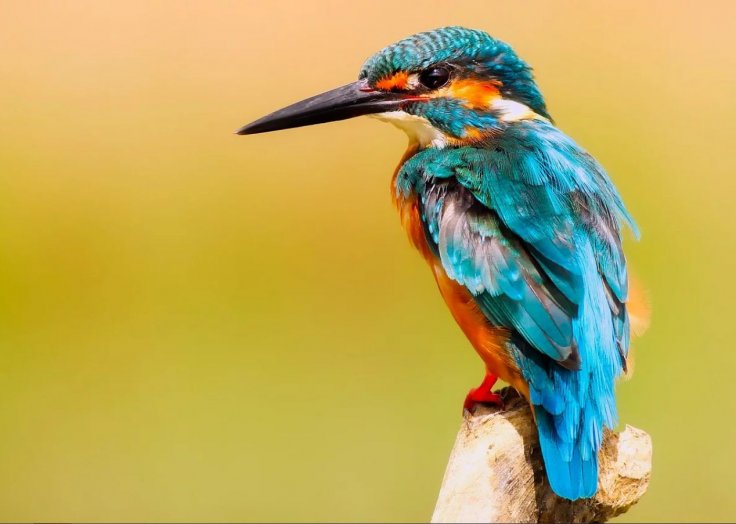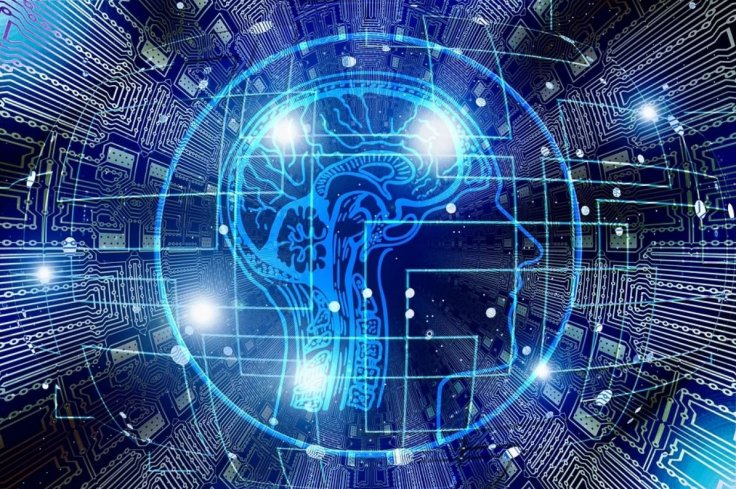In a study published in the journal Methods in Ecology and Evolution, scientists have demonstrated the development of the very first artificial intelligence (AI) tool that can be employed for training computers to identify individual birds.
Dr. André Ferreira, lead author of the study, said in a statement, "We show that computers can consistently recognize dozens of individual birds, even though we cannot ourselves tell these individuals apart. In doing so, our study provides the means of overcoming one of the greatest limitations in the study of wild birds - reliably recognizing individuals."
Training and AI Model
In the study, researchers from institutes in France, Germany Portugal and South Africa describe the process for using AI to individually identify birds. This involves collecting thousands of labeled images of birds and then using this data to train and test AI models. This study represents the first successful attempt to do this in birds.

The researchers trained the AI models to recognize images of individual birds in wild populations of great tits and sociable weavers and a captive population of zebra finches, some of the most commonly studied birds in behavioral ecology. After training, the AI models were tested with images of the individuals they had not seen before and had an accuracy of over 90 percent for the wild species and 87 percent for the captive zebra finches.
In animal behavior studies, individually identifying animals is one of the most expensive and time-consuming factors, limiting the scope of behaviors and the size of the populations that researchers can study. Current identification methods like attaching color bands to birds' legs can also be stressful for the animals.
These issues could be solved with AI models. Dr. Ferreira said: "The development of methods for automatic, non-invasive identification of animals completely unmarked and unmanipulated by researchers represents a major breakthrough in this research field. Ultimately, there is plenty of room to find new applications for this system and answer questions that seemed unreachable in the past."
Identifying Birds A Difficult Task
For AI models to be able to accurately identify individuals they need to be trained with thousands of labeled images. Companies like Facebook are able to do this for human recognition because they have access to millions of pictures of different people that are voluntarily tagged by users. But, acquiring such labeled photographs of animals is difficult and has created a bottleneck in research.

The researchers were able to overcome this challenge by building feeders with camera traps and sensors. Most birds in the study populations carried a passive integrated transponder (PIT) tag, similar to the microchips implanted in pet cats and dogs. Antennae on the bird feeders were able to read the identity of the bird from these tags and trigger the cameras.
Being able to distinguish individual animals from each other is important for the long-term monitoring of populations and protecting species from pressures such as climate change. While some species such as leopards have distinct patterns that allow humans to recognize them by eye, most species require additional visual identifiers, such as color bands attached to birds' legs, for us to tell them apart. Even then, methods like this are extremely time-consuming and error-prone.
A Newly Explored Area
AI methods like the one shown in this study use a type of deep learning known as convolutional neural networks, these are optimal for solving image classification problems. In ecology, these methods have previously been used to identify animals at a species level and individual primates, pigs and elephants. However, until now it hasn't been explored in smaller animals like birds.
The authors caution that the AI model is only able to re-identify individuals it has been shown before. "The model is able to identify birds from new pictures as long as the birds in those pictures are previously known to the models. This means that if new birds join the study population the computer will not be able to identify them," said Dr.Ferreira.
The appearance of individual birds can change over time, for instance, moulting, and it's not known how the performance of the AI model will be affected. Images of the same bird taken months apart could be mistakenly identified as different individuals.
The authors add that both these limitations can be overcome with large enough datasets containing thousands of images of thousands of individuals over long periods of time, which they are currently trying to collect.
(With inputs from agencies)









